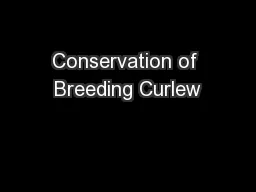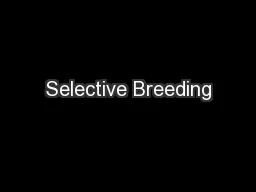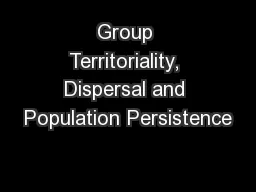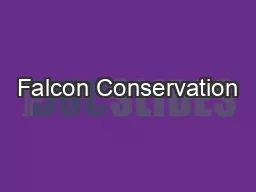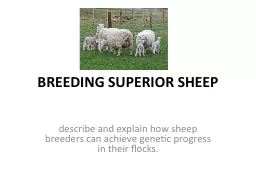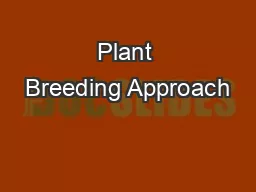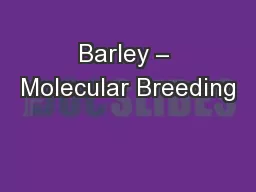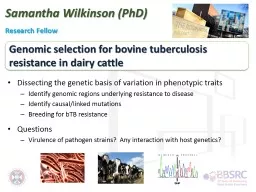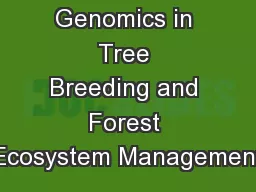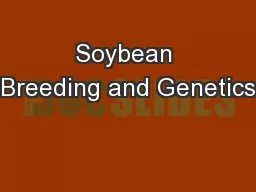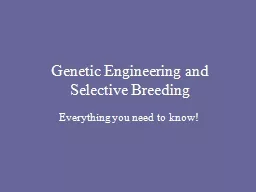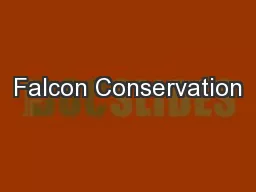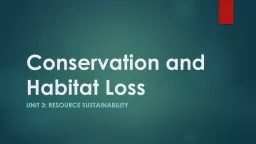PPT-Conservation of Breeding Curlew
Author : jane-oiler | Published Date : 2016-10-06
in Ireland Dr Anita Donaghy Senior Conservation Officer BirdWatch Ireland Eurasian Curlew Numenius arquata 82000 68000 100 Key Resident Breeding Season Nonbreeding
Presentation Embed Code
Download Presentation
Download Presentation The PPT/PDF document "Conservation of Breeding Curlew" is the property of its rightful owner. Permission is granted to download and print the materials on this website for personal, non-commercial use only, and to display it on your personal computer provided you do not modify the materials and that you retain all copyright notices contained in the materials. By downloading content from our website, you accept the terms of this agreement.
Conservation of Breeding Curlew: Transcript
Download Rules Of Document
"Conservation of Breeding Curlew"The content belongs to its owner. You may download and print it for personal use, without modification, and keep all copyright notices. By downloading, you agree to these terms.
Related Documents

